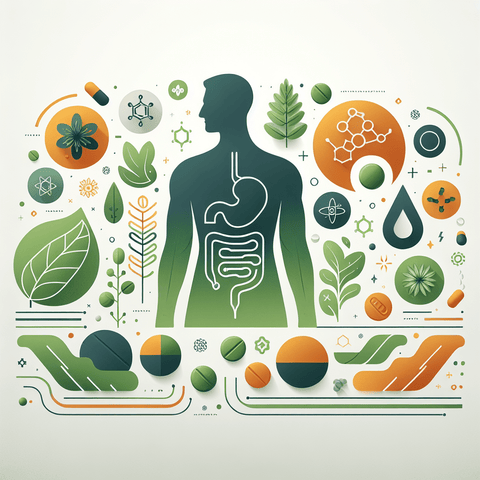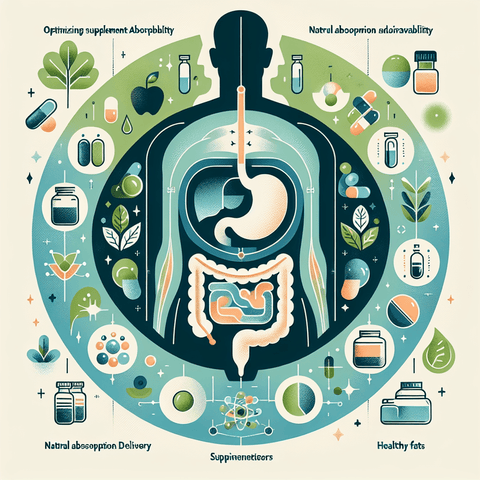Bioavailability is the fraction of an administered dose that ultimately reaches systemic circulation in an active form. It captures the compound’s journey from administration through release, dissolution, absorption, metabolism, and distribution to the tissues where it may act. In pharmacokinetics and formulation science, bioavailability is often compared across routes of administration, with an intravenous dose serving as a reference point that bypasses absorption barriers, while other routes show varying degrees of bioavailability depending on the barriers encountered along the way. Several factors influence bioavailability. Chemical properties such as solubility, permeability, molecular weight, and chemical stability determine how readily a molecule dissolves and crosses membranes. Formulation choices—particle size, solid-state form, excipients, and delivery system—can alter dissolution rate and protection from degradation. Physiological conditions, including the pH at the absorption site, transit time through the gastrointestinal tract, and regional blood flow, also shape how much of a dose becomes bioavailable. First-pass metabolism, particularly for certain routes, can further reduce systemic exposure before the compound reaches circulation. Practical tips to study and optimize bioavailability in a research or development context include selecting an appropriate route of administration and considering formulation strategies that modulate dissolution and stability. Techniques such as reducing particle size, exploring salt forms or polymorphs to influence solubility, and employing carrier systems or solubilizers are common approaches to shape the bioavailability profile. In vitro dissolution testing and pharmacokinetic modeling provide tools to predict how formulation changes or route choices may affect the fraction that becomes bioavailable in vivo. To quantify bioavailability, scientists compare systemic exposure after non-intravenous administration to exposure after an intravenous reference, typically reporting the ratio of areas under the concentration–time curve (AUC). This metric highlights why the same nominal dose can yield different systemic levels depending on formulation and route. Understanding bioavailability requires integrating chemistry, formulation science, and physiology to map the pathway from administration to systemic circulation.


